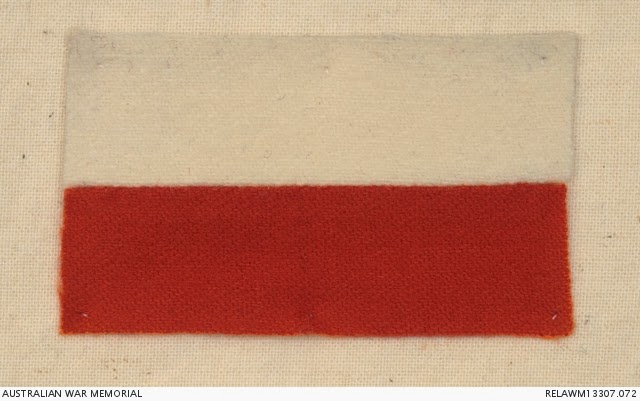Diary entries
Captain Percy Lay, 8th Battalion, from Ballan
April 23 : Practiced disembarking and our Colonel told us we were likely to get a lively time landing, within the next couple of days
April 24 : Got ready to move off and sailed in the afternoon and anchored just off Imbros Island. Everything is ready for the landing.
Albert Coates (later Sir), 7th Battalion, from Ballarat
April 24 : Things are moving this morning as we are told that we are to leave for the firing lines at 10am. At 11am we leave Lemnos and pass many ships on our way out. The "Queen Elizabeth" with her decks cleared for action is ready to move up the Bay to cover our landing. There are 40 war boats in the bay ready to leave with us. We reach the small bay near the mainland at 5pm and anchor there for the night.
Bandsman Harold Krutli, 14th Battalion (late of Maryborough, Victoria)
April 24 : We left for the seat of war at 10 am. It was a beautiful clear and calm morning and it was very hard to believe that one was going to what perhaps would be his last few days on this earth.
*
The men this blog is following are from the 6th, 7th and 8th Battalions. They are on the transports facing the Gallipoli Peninsula, and are as prepared as they can be for the dawn landings. Except no one was prepared, on either side, for what came next.
*
LEST WE FORGET
ANZAC 1915 - 2015
*



